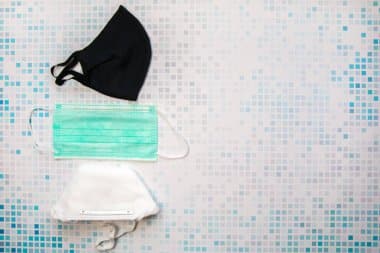As highlighted by Maker Mask in their article “Mask Fabrics: Introduction to Fibers and Fabrics,” there has been a surge of conflicting information about the best fabrics for COVID-19 masks since the pandemic began. This article offers a thorough crash course on mask fabrics, focusing on the fundamental concepts of fiber origin and fabric structure, and how these factors influence mask performance and safety.
Mask Fabrics 101 covers the basics of fiber origin, distinguishing between natural fibers such as cotton, linen, and silk, and manufactured fibers like polypropylene and polyester. The article further explains fabric structures, including woven fabrics (like cotton poplin and quilting cotton), knit fabrics (such as cotton T-shirt fabric), and nonwoven fabrics, highlighting the differences between spunbond and meltblown polypropylene.
In the advanced section, Mask Fabrics 201, the discussion delves deeper into fiber properties that affect mask effectiveness. Key factors include fiber geometry and absorbance, melting points of various materials, electrostatic properties, and fabric weight and thread count. The section also provides a comprehensive look at nonwoven materials, including spunbond, meltblown, and SMS materials, as well as electrospun nonwovens.
Understanding the properties of different fibers and fabrics is crucial for producing masks that offer optimal filtration and comfort. For instance, natural fibers like cotton are praised for their breathability and comfort, while synthetic fibers like polypropylene provide superior filtration efficiency due to their electrostatic properties.
Click here to learn more about Acme Mills capabilities or products.
Article with all rights reserved, courtesy of makermask.org
Photo with all rights reserved, courtesy of depositphotos.com










